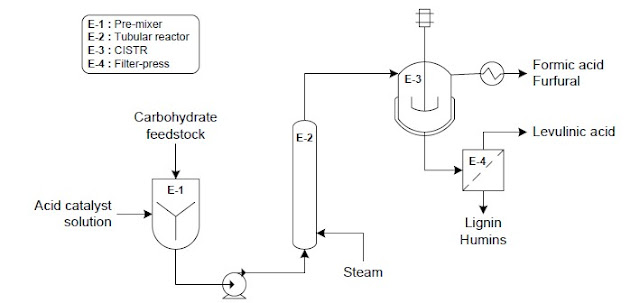Matrica Biorefinery
Nombre / Name
|
Matrica Biorefinery
|
Empresa / Company
|
Novamont and Versalis (www.matrica.it)
|
Localización / Location
|
Matrica (Italy)
|
Categoría / Category
|
Comercial / Commercial
|
Estado / Status
|
Operación / Running
|
Plataforma / Platform
|
Aceites / Oil
|
Materia prima / Feedstock
|
Semillas oleaginosas procedentes de
cultivos autóctonos no alimentarios / Oil-seed from non-food autochthonous
crops
|
Producto / Product
|
Monómeros, aditivos para gomas,
biolubricantes y bioplásticos. / Monomers, rubber additives,
biolubrificants and bioplastics
|
Puesta en marcha / Start-Up
|
2014
|
Figure 1. Matrica Biorefinery (extracted
from Matrica webpage)
Matrica es una 50:50 “joint venture” entre Novamont y Versalis (filial de
ENI) creada para transformar la planta petroquímica de Porto Torres (región de
Cerdeña) en un complejo integrado de química verde en el que se desarrollen
líneas de productos innovadores procedentes de materias primas vegetales,
utilizando una cadena de suministro agrícola integrada. A partir de una
selección de materias primas biomásicas, Matrica produce una serie de
compuestos intermedios innovadores que se entregan a varias industrias:
bioplásticos, biolubricantes, productos de cuidado personal, aditivos para
gomas y plásticos,... La biorrefinería pretende ser un modelo tangible del
concepto de bioeconomía por la inclusión de granjeros, investigadores e
instituciones. Matrica
is a 50:50 joint venture between Novamont and Versalis (part of ENI) whose
purpose is to reconvert the petrochemical facility at Porto Torres into an
integrated green chemistry complex to develop a state-of-the-art range of
products sourced from vegetable raw materials, using an integrated agricultural
production chain. Starting from selected raw materials, Matrica produces a
series of innovative intermediates that are deployed in various different
industries: bio-plastics, bio-lubricants, home and personal care products,
plant protection, additives for the rubber and plastics industry… The
biorefinery expects to be a tangible model of the bioeconomy concept by the
integration of farmers, researchers and institutions.
El proyecto completo de la biorrefinería abarca siete nuevas unidades. Las
tres primeras se han puesto en marcha en 2014:
- La Planta de Biomonómeros convierte los aceites vegetales en monómeros y compuestos intermedios y tiene una capacidad de 35.000 toneladas al año.
- La Planta de Gomas y Aditivos para Polímeros está integrada con la anterior y está dedicada a la producción de aceites.
- La Planta de Ésteres es flexible e independiente y está dedicada a la producción de especialidades para varios campos.
The project consists of seven new plants. The first
three of them was launched in 2014:
- The Bio Monomers plant is fed with vegetable oils and has a production capacity of 35,000 ton/y.
- The Rubber and Polymer Additives plant is integrated into the Bio Monomers plant and it is dedicated to the production of extensor oils.
- The Esters plant is flexible and independent and it is dedicated to the production of specialties for various applicative fields.
Figure 2. Production
process simplified scheme (extracted from Reference 1)
_________________________________________________________________________________
REFERENCIAS / REFERENCES
2 IEA
Bioenergy Task 42 Biorefining. Sustainable and synergetic processing of biomass
into marketable food & feed ingredients, products (chemicals, materials)
and energy (fuels, power, heat).
Wageningen, the Netherlands, August 2014.
3 IEA
Bioenergy Task 42 Biorefining. Country report Italy. January 2014.






